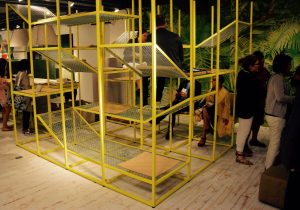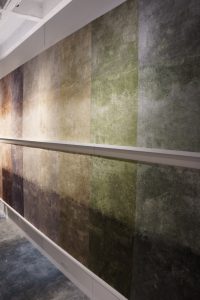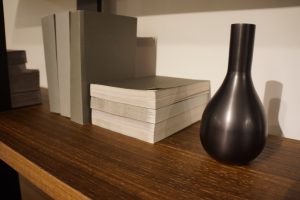NeoCon was almost a week ago. Most “Design” people have Tweeted/Instagrammed/Snapchatted the pants off of the event already. And I’m just getting my post up now.
Why?
I had originally scripted a grand, snarky criticism of all the companies at the fair who were – in my eyes – kowtowing to the Millennials with “hip” and “open” office furniture that made old people look silly. After trying to substantiate my beliefs, I found that I couldn’t.
(Except the part about old people looking silly sitting on pods, in pods, or around pods. That is still my opinion.)
When I looked into it, we Gen Xers are the smallest of recent generations (50 million), the Boomers (80 million) are on their way out, and the Millennials (75 million) are on their way up. You don’t “kowtow” to the majority – you just sell things that they want to buy.
I had also thought that Millennial companies – and I was looking at Unicorns like Uber, Snapchat, and Dropbox – were tiny, engineering and marketing clubs in need of little furniture, and less creativity (they are already tremendously immature and self-importantly “creative” in my book).
Wrong again: Groupon has more than 10,000 employees, Uber almost 7,000, AirBnb 2,500. Snapchat was closest to what I had expected, with around 300.
(This still doesn’t make it right – in my book – for AirBnB with 2,500 employees to have a bigger market capitalization than Hyatt and Hilton combined, when those two companies employ almost 275,000 people. Yes, I get the whole “they have no overhead, no pensions, no limits” argument; but we wonder why there is wealth inequity and then we make people super-wealthy for creating companies that don’t create jobs.)
So, there are lots of young people in the workforce, and their companies are wealthy and employ (reasonably) large numbers of people.
Fine, make your hipster furniture for them. I’m just a grumpy older guy with back problems who can’t sit on a perch that looks like the love-child of an antique shooting-stick and a ceremonial-groundbreaking shovel.
It was interesting to note, however, that Steelcase’s data – and they do data well – shows that most office workers are tied to decidedly non-hipster equipment: land lines and desktop computers. Additionally, a recent article in Forbes highlights the wide range of employee ages that some offices will be catering to.
Let’s see those two factors work in this . . .









